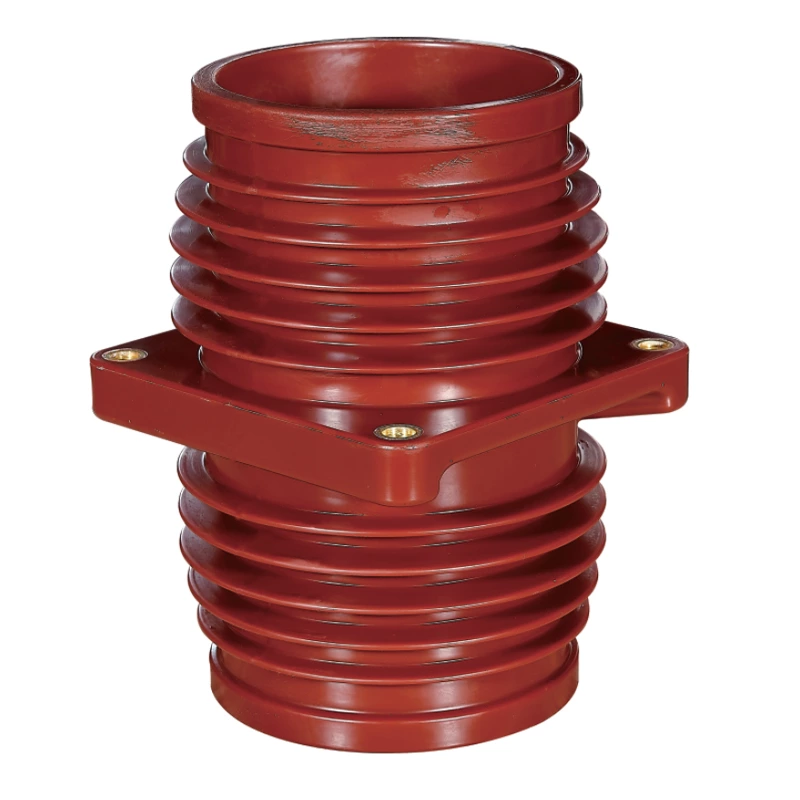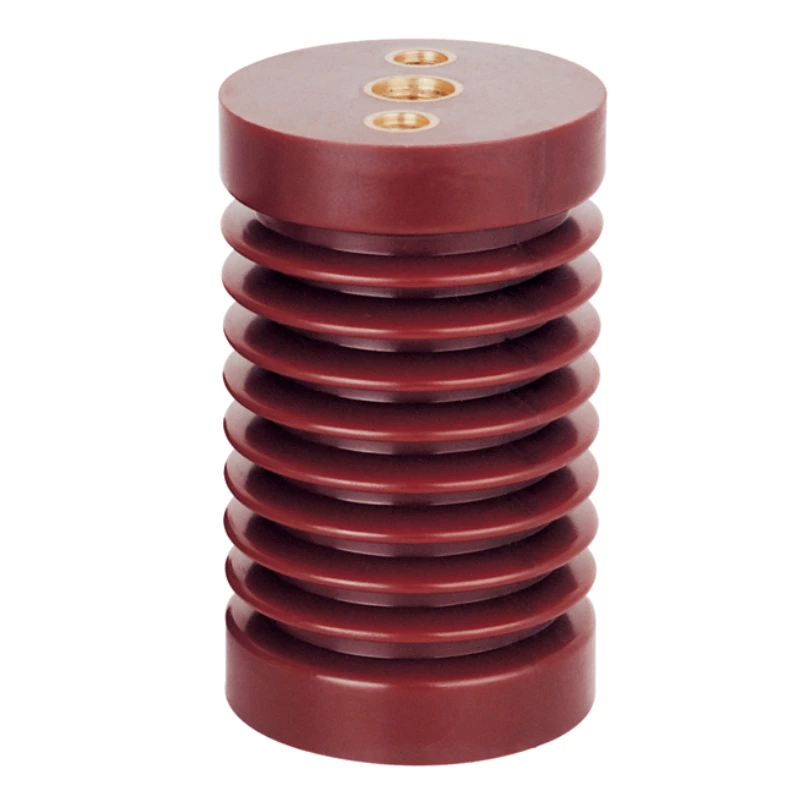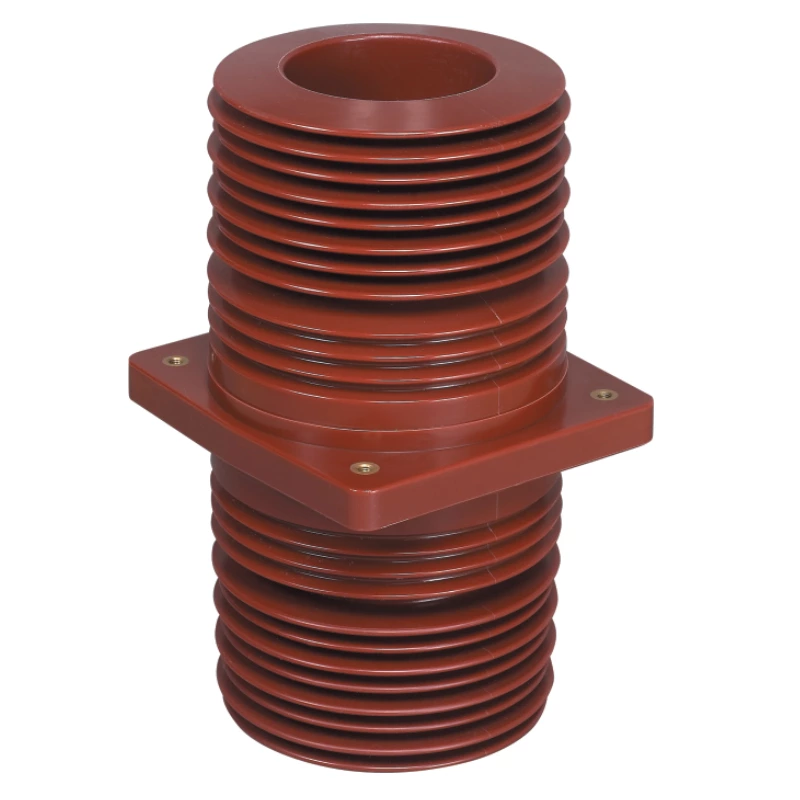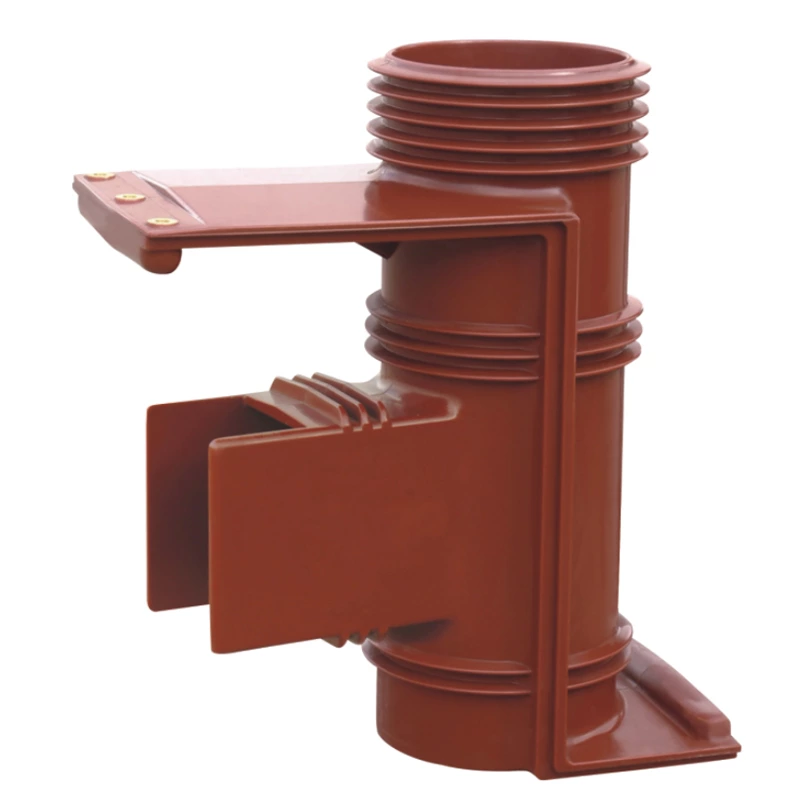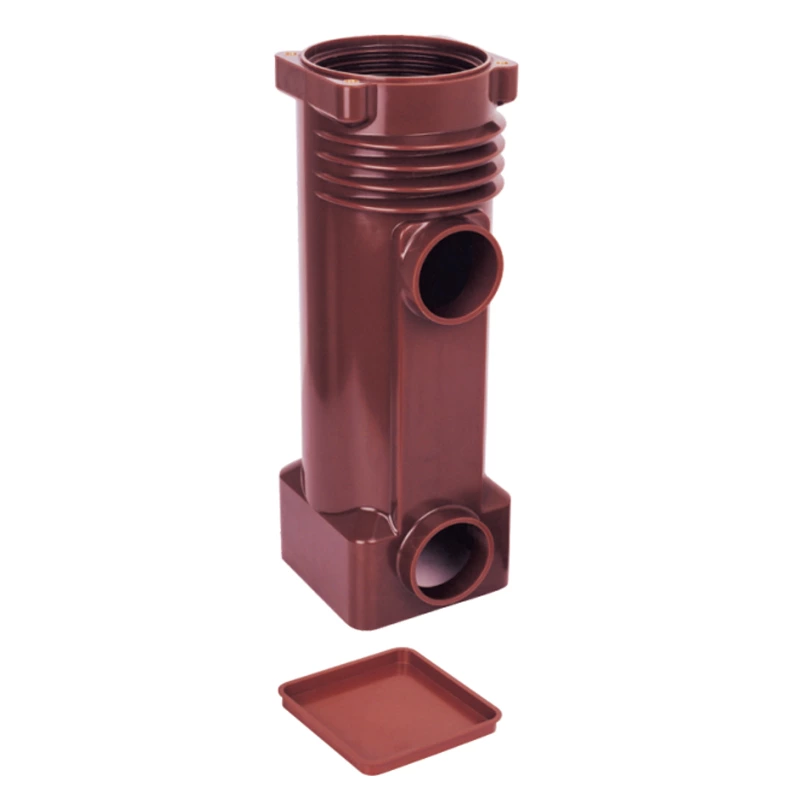Common Defects Of High Voltage Bushings
Flashover and breakdown failures
The electrical failures of insulating bushings are usually flashover and breakdown. The difference is that flashover occurs on the surface of the insulator, and traces of discharge can be seen on the outside, but the insulation performance of the bushing itself has not changed. The breakdown occurs inside the insulating bushing, and discharge occurs through the porcelain body in the middle of the two ends. At this time, it cannot be observed from the outside. Only when the insulation is tested by the insulation megger, the insulation of the bushing is zero, and the insulation function is lost, and it must be replaced. One of the reasons for flashover is that the surface of the bushing is dirty. The environment of the installation location of the wind farm box transformer equipment is related to the sealing of the box transformer itself. The dust in the air is divided into neutral dust, corrosive dust and conductive dust, etc., and the dust has hygroscopic characteristics. If the insulation of the bushing surface is severely accumulated, the insulation will decrease, resulting in an increase in leakage current, heating the surface of the bushing and a decrease in resistance. Under such conditions, if it cannot be cleaned in time, a vicious cycle will occur, and the discharge from corona to flashover under the action of the electric field will cause an accident. The second reason is that the surface of the bushing is damaged or cracked. When there is a lot of dust on the cracks and damaged parts, the surface resistance decreases greatly, and the insulation strength decreases. In addition, the cracks are full of air. Since the dielectric constant of air is smaller than the dielectric constant of porcelain, if there is moisture in the air, the total electric field strength of the crack will increase to a certain value, and the air will be released, causing partial discharge on the surface of the bushing, further damaging the surface of the bushing or even breaking down. When water enters the cracks and freezes, it will also cause the bushing to expand, rupture, and even leak oil.
Casing joint heating
When the casing joint is heated, use a far-infrared thermometer to check. If the temperature of the connection between the single-item casing joint and the lead is found to be significantly higher than other items of the same voltage level, and the temperature difference is greater than 10 degrees Celsius or the temperature exceeds 80 degrees Celsius, it means that the DC resistance of the casing winding is too large. The main reasons include: First, the transformer load is high or the local ambient temperature is high, resulting in a high overall temperature of the joint. Second, the contact surface of the joint connection increases due to oxidation, and long-term operation causes the contact surface resistance to increase. Third, the contact area of the conductive part of the joint is small, and the lead wire does not have good contact. Fourth, there is discharge at the conductive connection. Fifth, the joint connection is not tightened properly and is loose. Sixth, the installation process of the joint is not in place. The installation process is not followed or parts are missing.
Switchgear Insulating Bushing Leakage
The casing has leakage, which mainly occurs inside the casing, at the casing head, casing end and mounting flange, mainly including: First, the casing has internal infiltration. Hazard: When the capacitor-type casing has internal infiltration, the casing oil and the body oil will be mixed. In severe cases, it may cause the capacitor core to lack oil. Second, the casing head leaks. Hazard: When the casing head leaks in the negative pressure area, the problem is particularly serious, especially in rainy and snowy weather, which will cause external moisture to be sucked into the mailbox. Third, the casing end screen device leaks oil. Fourth, the casing mounting flange leaks oil. Fifth, the casing vent plug leaks oil.
